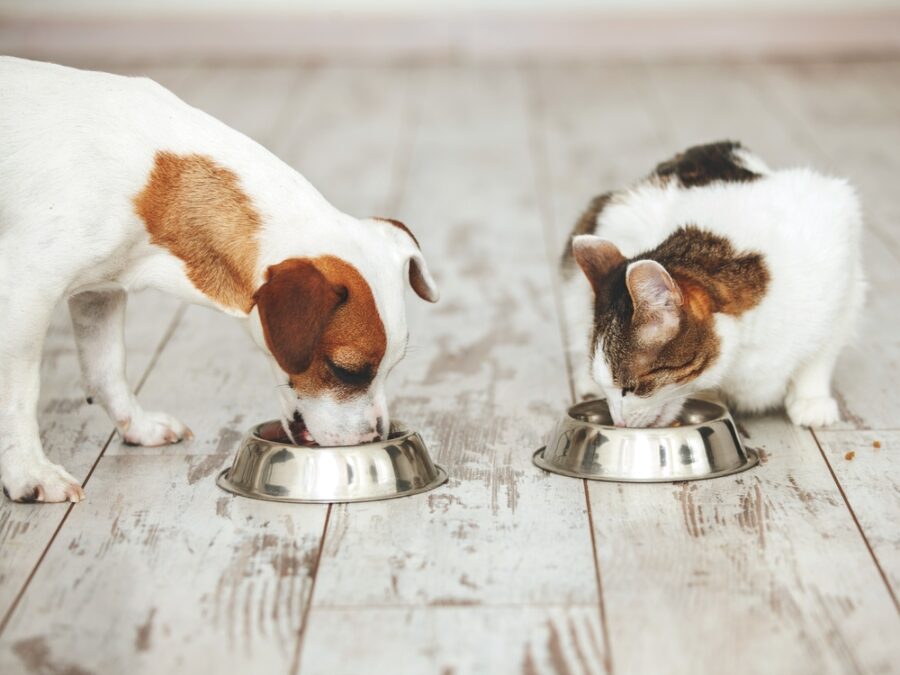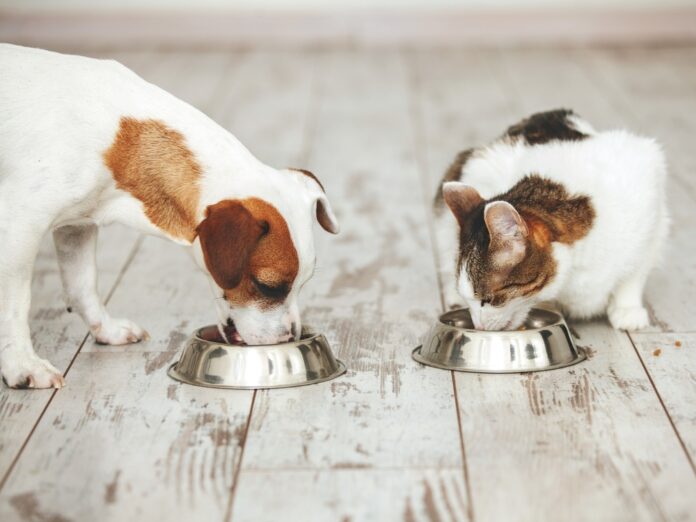[ad_1]
Spoiled or contaminated food can be a source of illness for your dog or cat, so proper food storage is essential for her health.
Keeping your dog or cat’s food safe and fresh is crucial for her overall health and well-being. Food that’s gone off can cause serious illness, so it’s important to store it properly to avoid spoilage and contamination.
Understanding the Risks
Improperly stored food can become a breeding ground for bacteria, mold, and other contaminants. Ingesting spoiled or contaminated food can lead to gastrointestinal issues, food poisoning, and other serious health complications.
Choose the Right Containers
The first step in proper food storage is selecting the appropriate containers. Airtight, moisture-proof, and pest-proof containers are ideal. Avoid using plastic bags or cardboard boxes, as they are susceptible to tearing, punctures, and potential insect infestations. Opt for sturdy, food-grade plastic or metal containers with secure lids to keep food fresh and protected.
Label and Rotate the Food
Clearly label your dog or cat’s food containers with the expiration date or “best by” information. This will help you keep track of its freshness and ensure you use the older food first, preventing the accumulation of expired or stale products. Additionally, consider rotating your four-legged companion’s food supply to maintain optimal freshness.
Monitor Temperature and Humidity Control
The storage environment plays a significant role in preserving food quality. Ideally, keep the containers in a cool, dry place, away from direct sunlight, excessive heat, and high humidity. Maintain a consistent temperature, preferably below 80°F, to inhibit the growth of bacteria and mold.
Separate Dry and Wet Food
Dry and wet foods have different storage requirements. Dry food is generally more shelf-stable and can be stored in the original packaging or transferred to an airtight container. Wet food, on the other hand, should be kept in the refrigerator after opening and consumed within the recommended timeframe.
Avoid Cross-Contamination
When handling your dog or cat’s food, be mindful of cross-contamination. Wash your hands thoroughly before and after accessing the containers, and use clean utensils to scoop or measure the food. Avoid introducing any foreign objects or substances that could compromise the food’s integrity.
Regularly inspect the food
Routinely inspect your dog or cat’s food, and the containers it’s stored in, for signs of damage, moisture, or infestation. If you notice any concerning changes, such as discoloration, unusual odors, or the presence of pests, discard the affected food immediately and thoroughly clean the storage area.
These best practices for the proper storage of food can help you ensure your furry companion’s nourishment remains safe, fresh, and free from harmful contaminants. Prioritizing the health and well-being of your dog or cat should be a top concern, and proper food storage is a crucial step in achieving that goal.
Animal Wellness is North America’s top natural health and lifestyle magazine for dogs and cats, with a readership of over one million every year. AW features articles by some of the most renowned experts in the pet industry, with topics ranging from diet and health related issues, to articles on training, fitness and emotional well being.
[ad_2]
Source link

